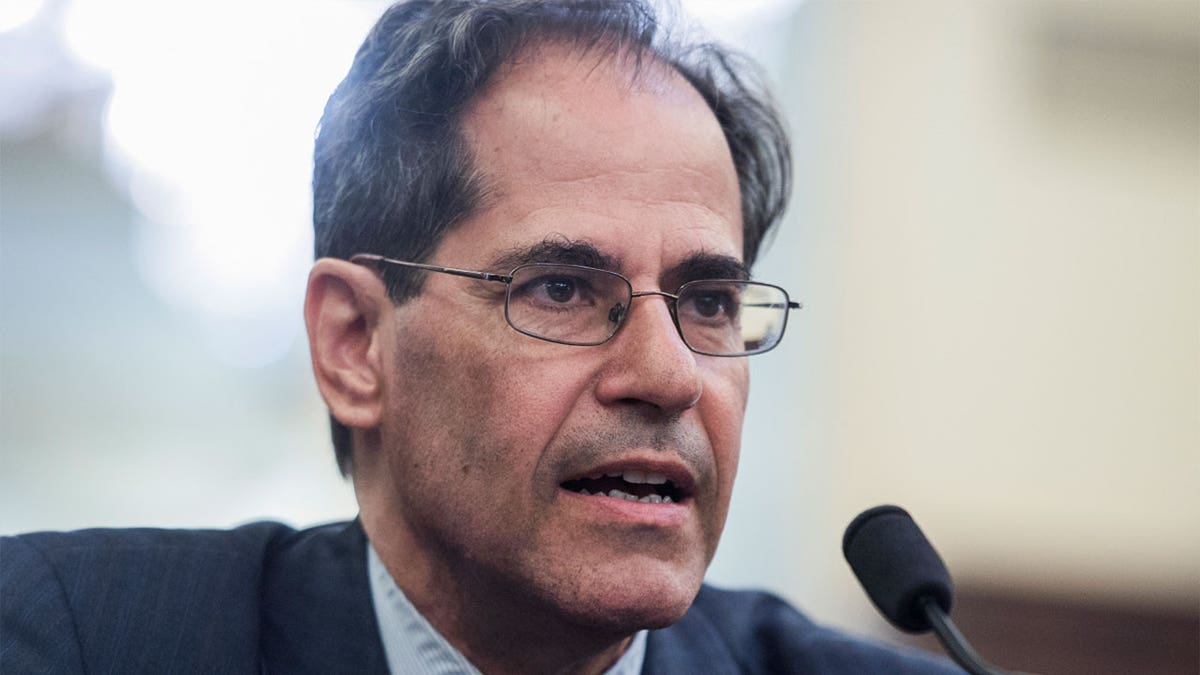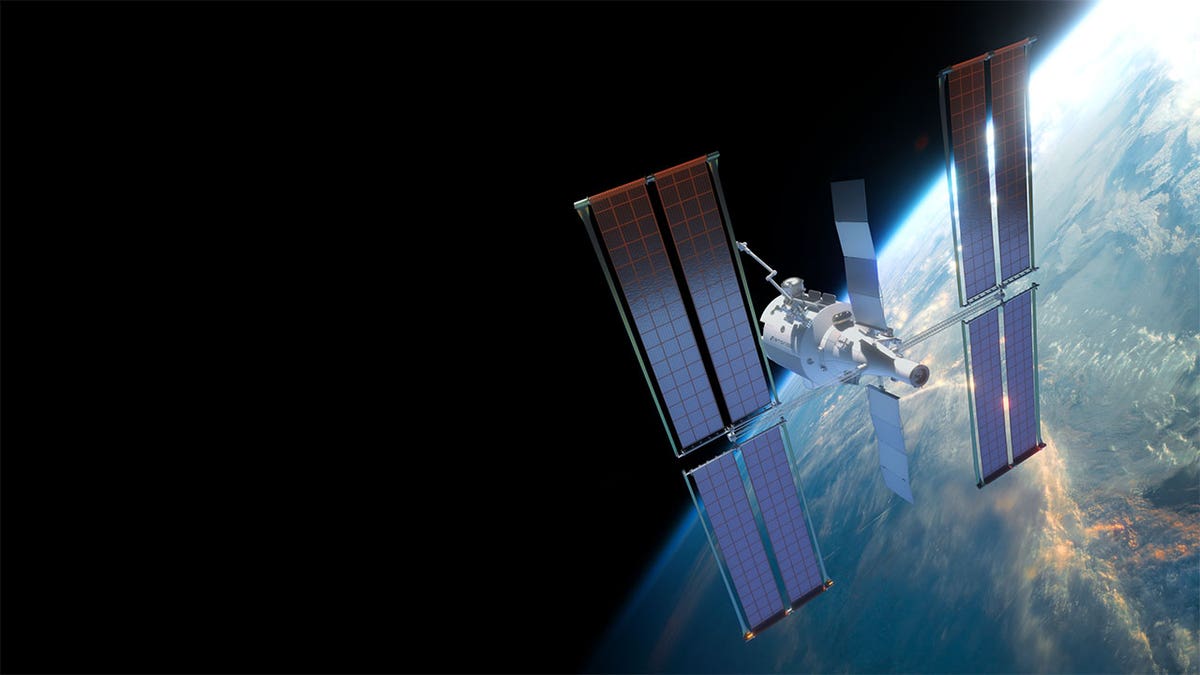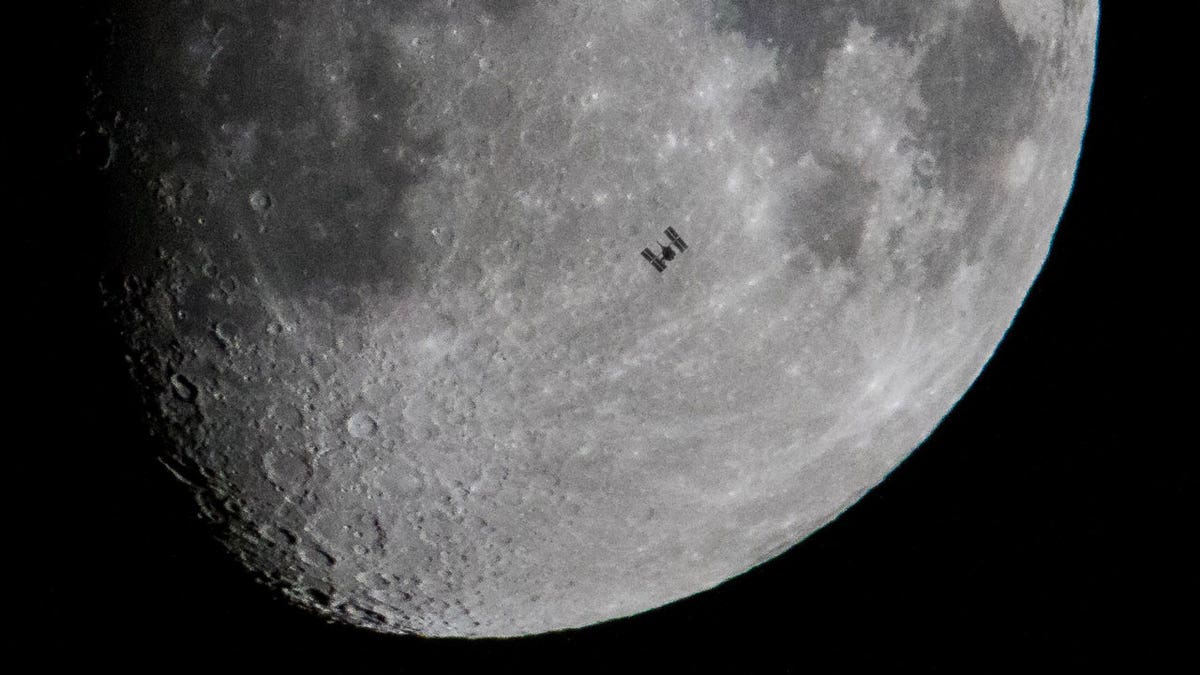NASA this week finalized its strategy to maintain human presence in space. The document emphasizes the importance of maintaining the ability to remain in orbit for an extended period of time after the International Space Station is decommissioned.
“NASA's Low Earth Orbit Microgravity Strategy will guide the agency toward the next generation of continuous human presence in orbit, enable greater economic growth, and support international partnerships,” the document says.
The commitment comes amid questions about whether new space stations will be ready for launch. There are also concerns about the new Trump administration's efforts to cut spending through the Department of Government Efficiency. NASA may face cuts.
INTERSTELLAR VOYAGER 1 RESUMES WORK AFTER A PAUSE DUE TO NASA
“Just as everyone has to make difficult decisions when budgets are tight, we have made some decisions over the past year to cut programs or cancel them all together to ensure we are focused on our highest priorities,” said NASA Associate Administrator Pam Melroy.
The commercial space company Voyager is working on one of the space stations that could replace International Space Station when it deorbits in 2030. The company applauded NASA's strategy to keep people in space.
The rendering shows the Voyager spacecraft. Voyager is working on one of the space stations that could replace the International Space Station, which is expected to retire in 2030. (Voyager Space)
“We need that commitment because our investors are asking, 'Is the United States committed?' said Jeffrey Manber, President of Voyager International and Space Stations.
President Reagan pioneered efforts to preserve permanent human habitation in space. He also warned about need for private partnership.
“America has always been greatest when we dared to be great. We can achieve greatness,” Reagan said in his 1984 State of the Union address. “The space transportation market may exceed our ability to develop it.”

Jeffrey Manber, president of international and space stations at Voyager Space, praised NASA's commitment to research on how to maintain a human presence in space. (Associated Press)
The first section of the ISS was launched in 1998. Since then, more than 28 people from 23 countries have visited it. For 24 years, humans have continuously occupied the ISS.
In 2020, the Trump administration released a National Space Policy that called for maintaining a “persistent human presence in Earth orbit” and emphasized the need to transition to commercial platforms. The Biden administration has stuck to that policy.
NASA's Mars rover captures the silhouette of the Martian moon in stunning video
“Let's say we didn't have commercial stations ready to launch. Technically we could keep the space station operational, but the idea was to fly it until 2030 and deorbit in 2031.” NASA Administrator Bill Nelson said in June.
Questions have arisen in recent months about whether the policy will be maintained.

The rendering shows the Voyager spacecraft hovering in orbit above the Earth. (Voyager Space)
“I just want to take a moment to talk about the elephant in the room, the constant presence of man. What does it mean? Is it a continuous heartbeat or constant possibilities? While we initially hoped it would just emerge from this process, we are still talking about it and understanding it,” Melroy said at the International Astronautical Congress in October.
NASA's final strategy took into account concerns from commercial and international partners about what it would mean to lose the ISS without a launch-ready commercial station.
“Almost all of our industry partners agreed. Constant presence is a constant heartbeat. And that’s where we stand,” Melroy said. “I think that constant presence is leadership. Today, the United States leads the way in human spaceflight. The only other space station that will be in orbit after the ISS deorbits, unless we get commercial in time, will be the Chinese space station. And we want to remain and remain the partner of choice for our industry and for our NASA goals.”
Three companies, including Voyager, are working with NASA to develop commercial space stations. Axiom signs agreement with NASA in 2020. In 2021, the agency signed contracts with Nanoracks, which is now part of Voyager Space, and Blue Origin.

The rendering shows the Voyager spacecraft passing in the distance in front of the Moon. (Voyager Space)
“To be honest, we had some problems. The budget restrictions that were included in the agreement between the White House and Congress for the fiscal years (2024 and 2025) left us without so many investments. So what we do is we invest together with our commercial partners in development. I think we are still able to make it before the end of 2030 to launch a commercial space station so that we have a permanent American heartland. astronauts in orbit,” Melroy said.
Voyager says it is keeping up with the development process and still plans to launch its space station in 2028.
CLICK HERE TO GET THE FOX NEWS APP
“We are not asking for more money. We are moving forward. We are ready to replace the International Space Station,” Manber said. “Everyone knows SpaceXbut there are hundreds of companies that have created the space economy. And if we lose that permanent presence, you lose that supply chain.”
Additional funds were provided to the three companies after the initial contracts for the space station were awarded. A second round of funding may be critical for some projects. NASA could also provide funding proposals for new space stations. One promising project is Long Beach, a vast expanse of California. The company recently unveiled concepts for its Haven modules. The company plans to launch Haven-1 next year.
“We absolutely believe that competition is critical. This is a development project. It's not easy. It was difficult to build the space station. We're asking our commercial partners to step up and do it themselves with some help from us. We think it's very important that we pursue as many options as possible in the future to see which one actually works when we actually get there,” Melroy said.








